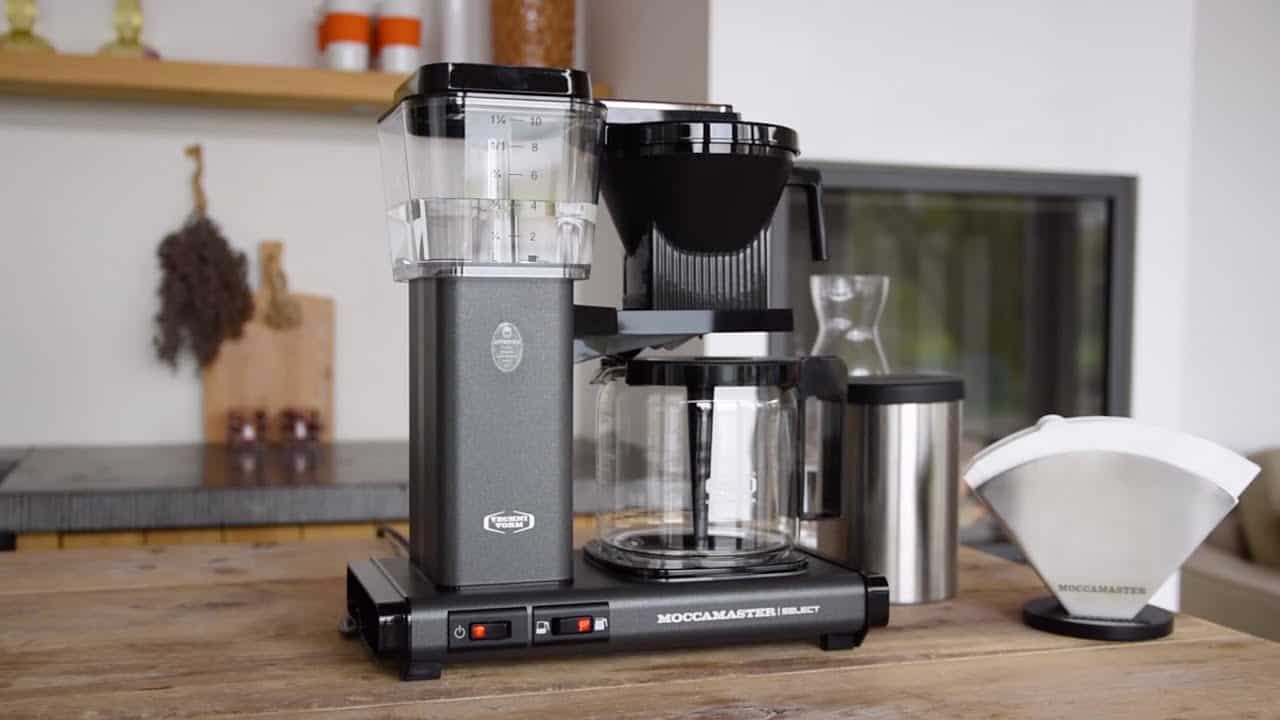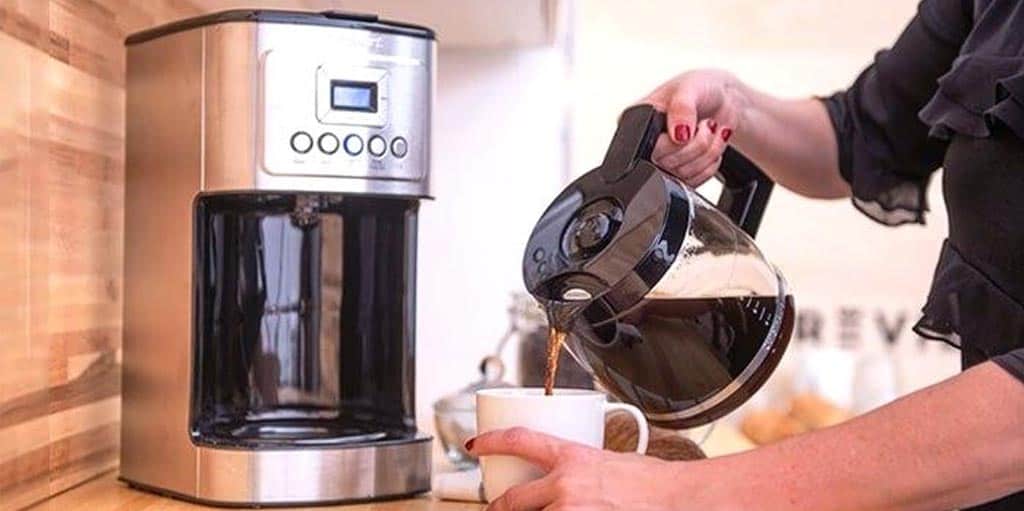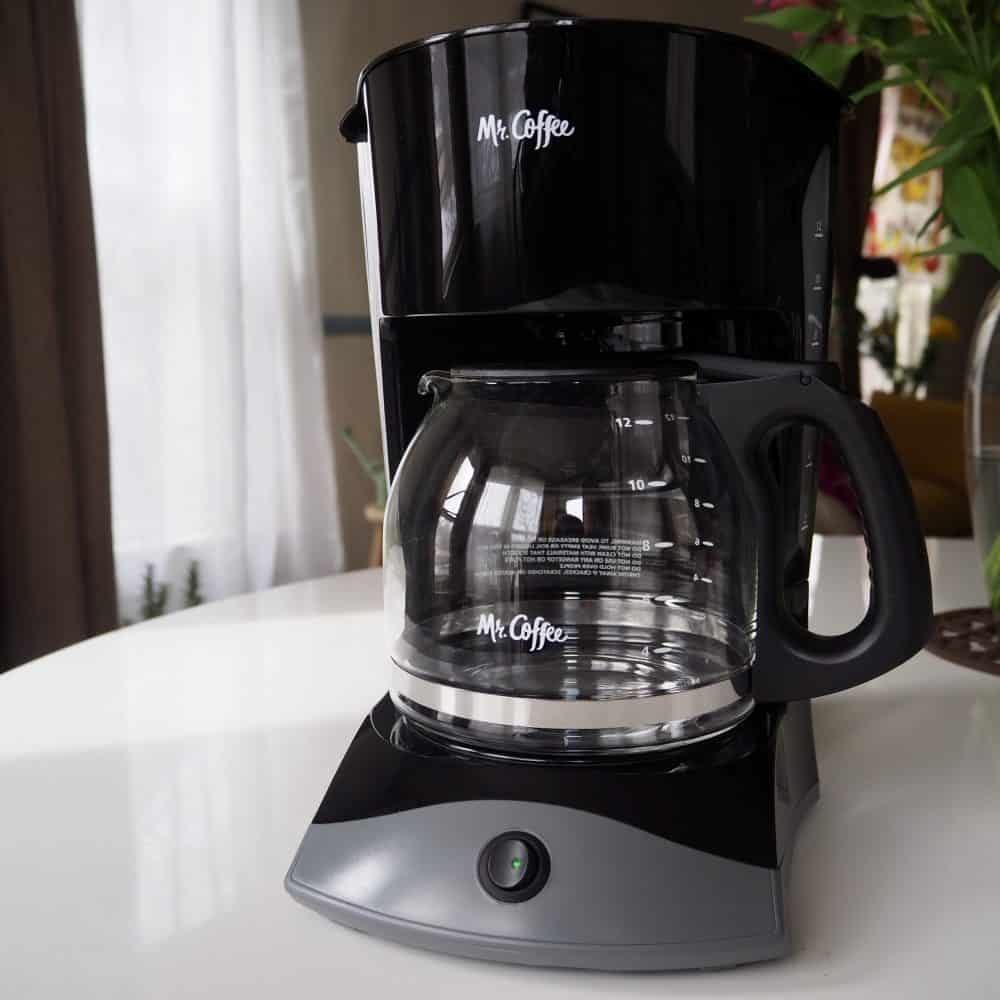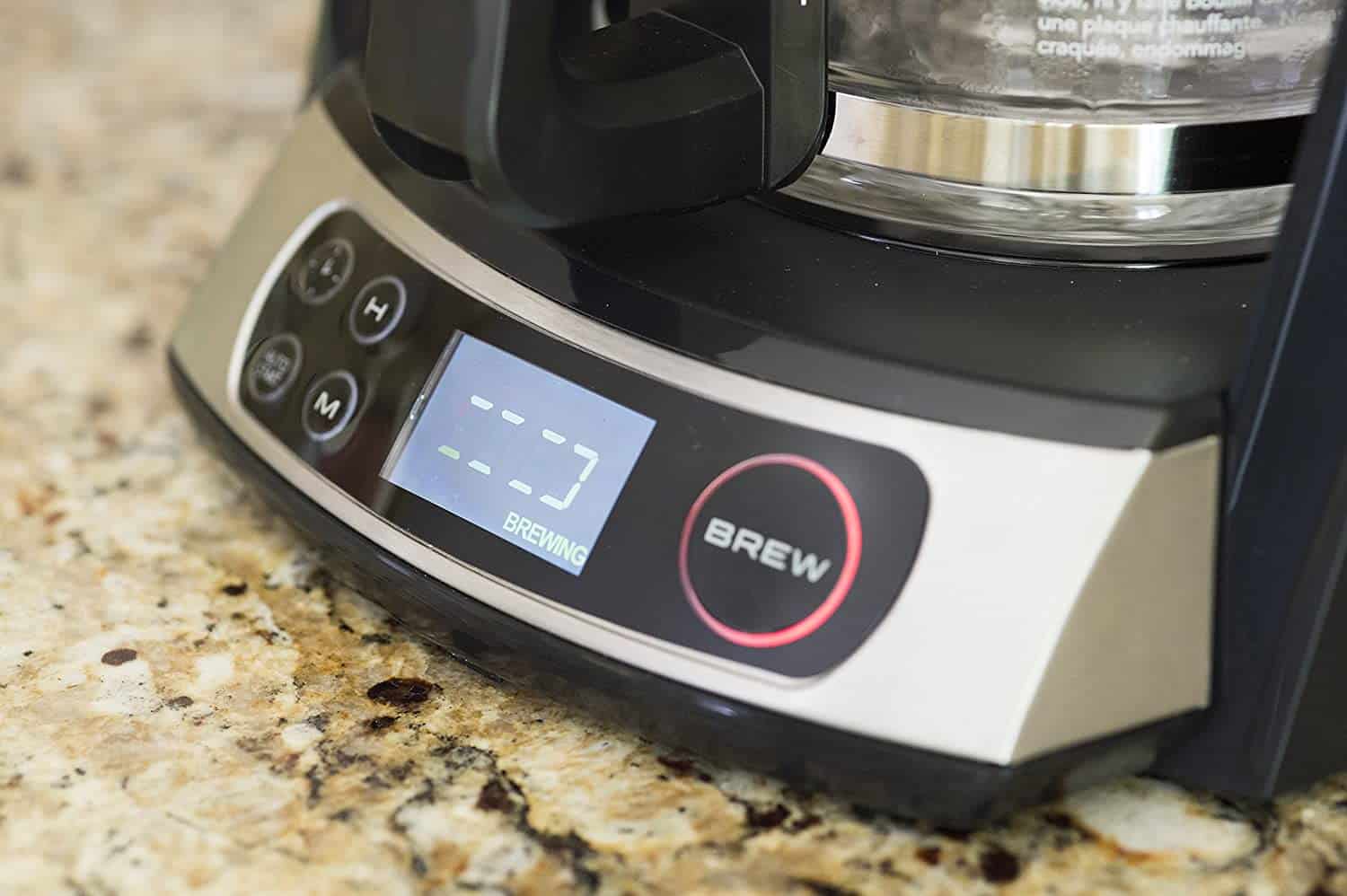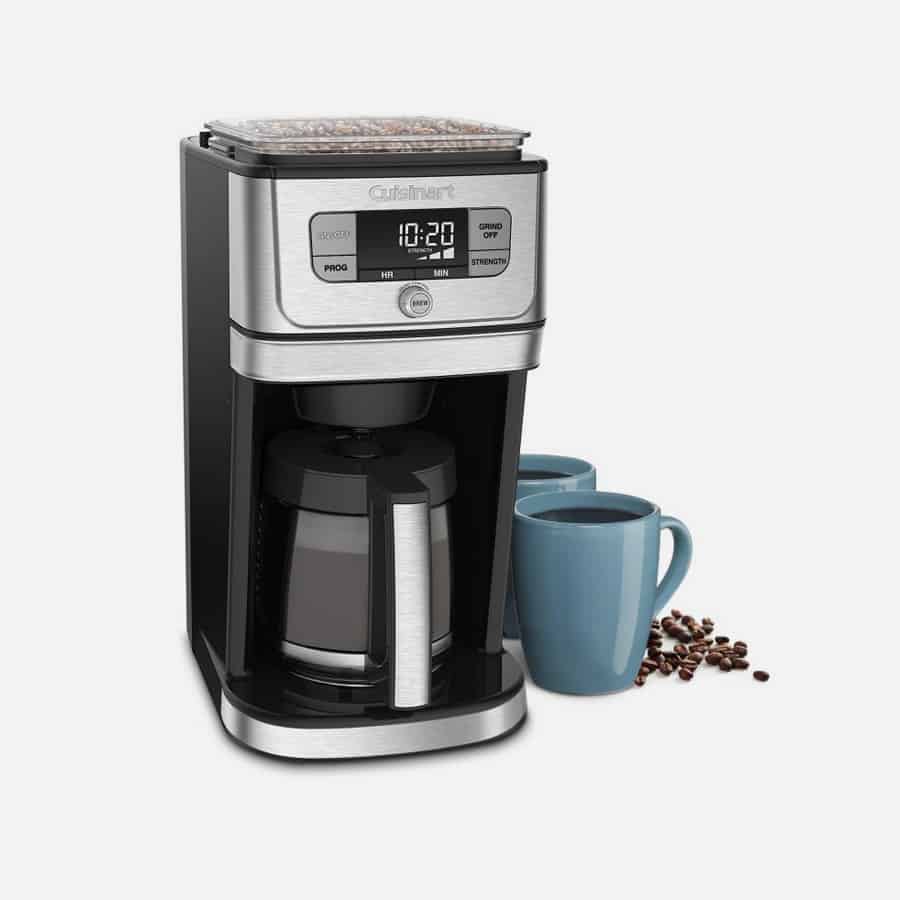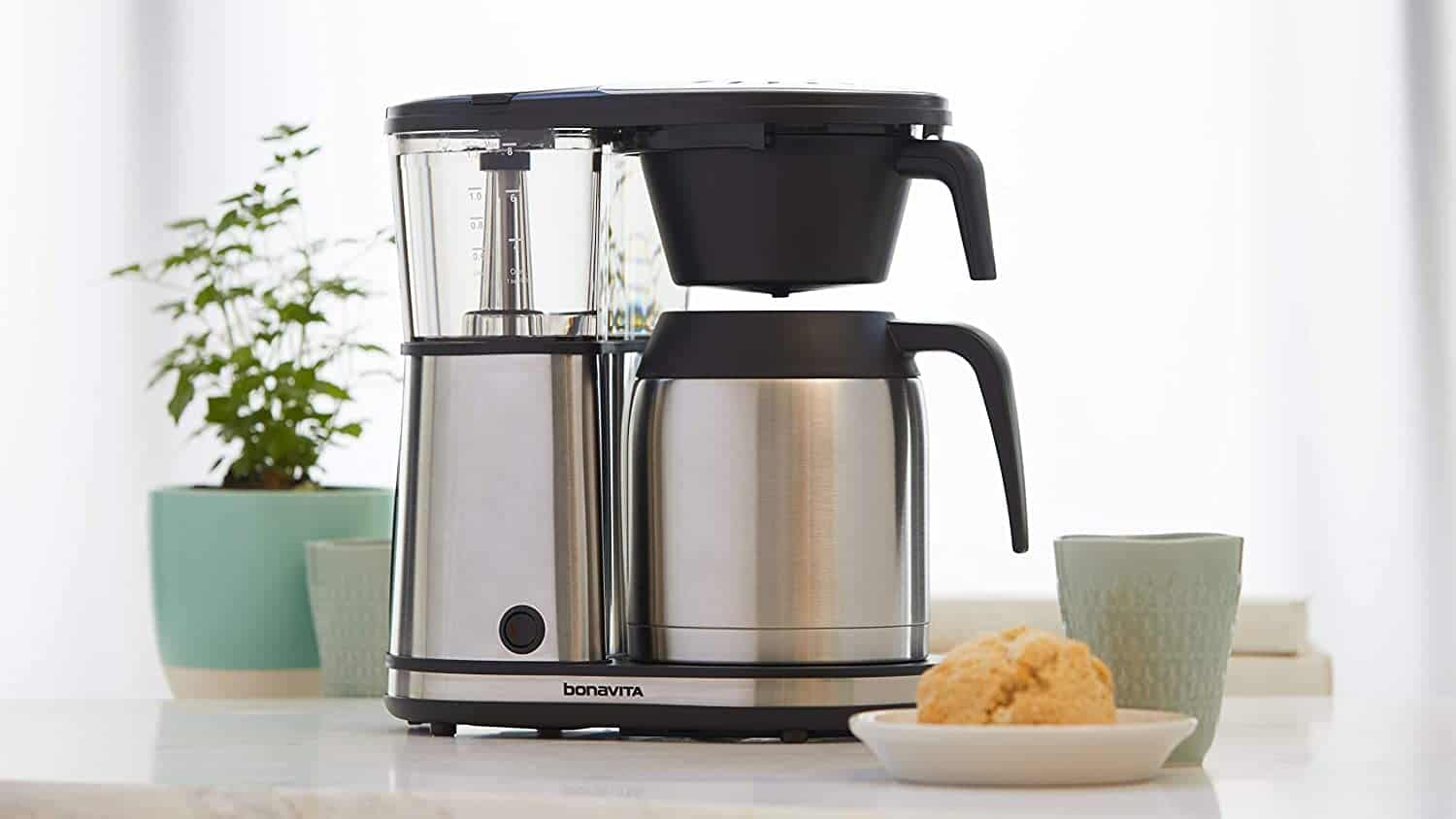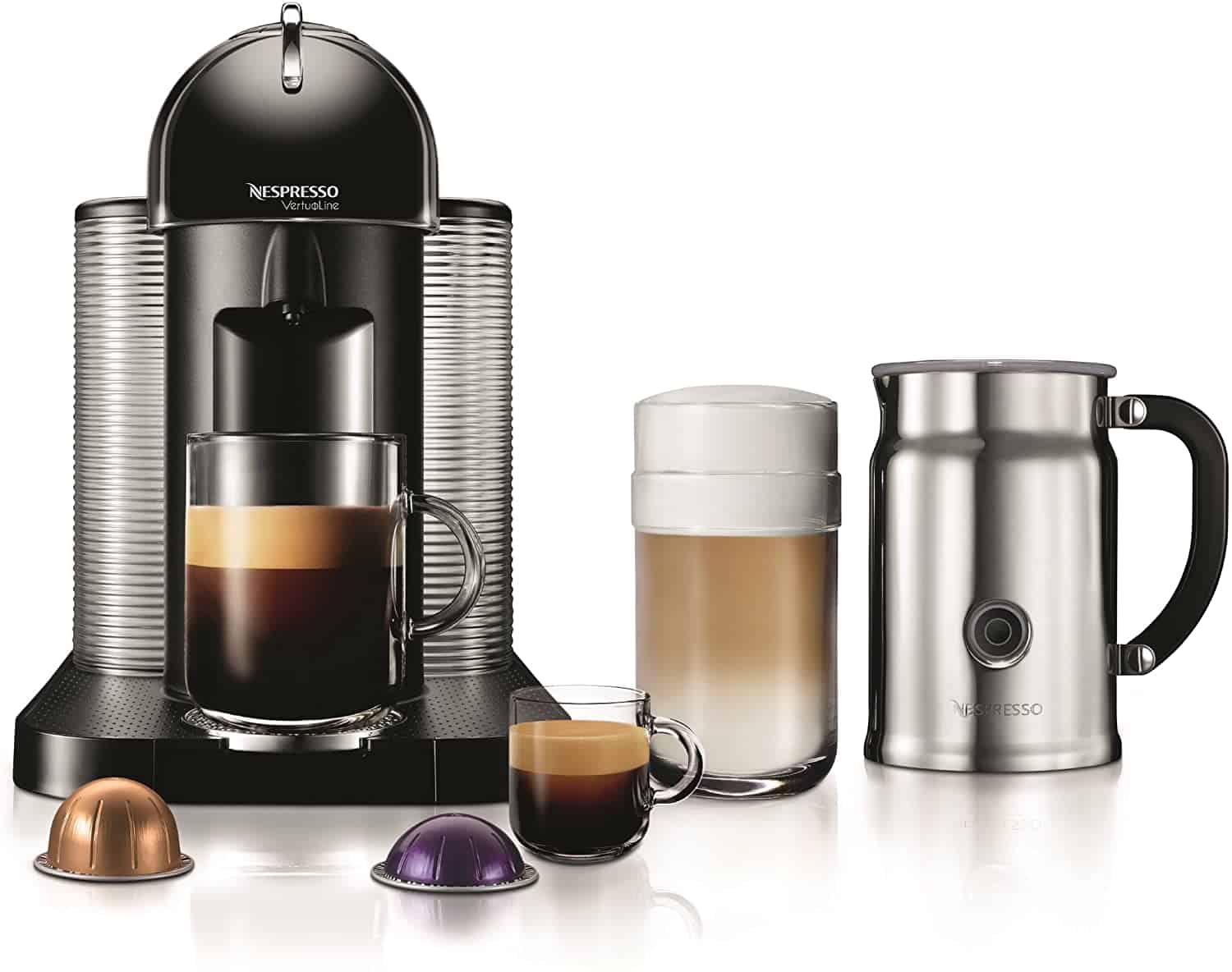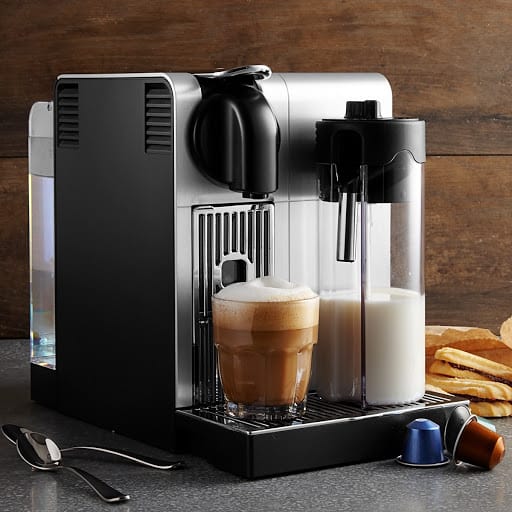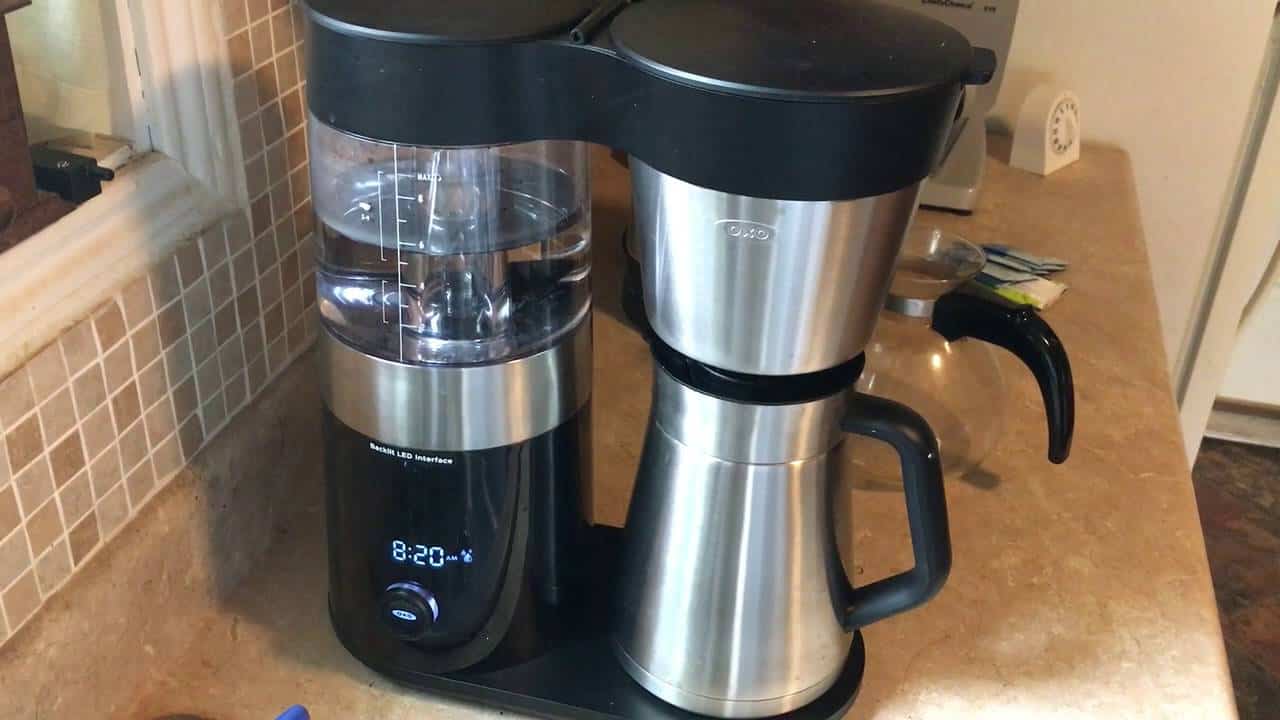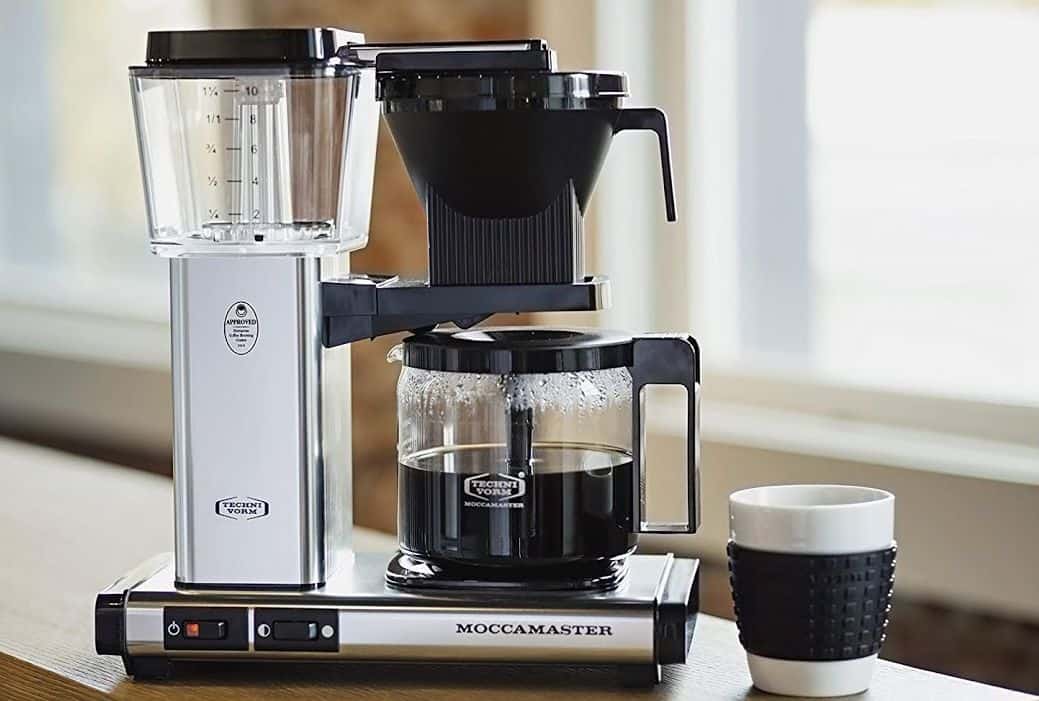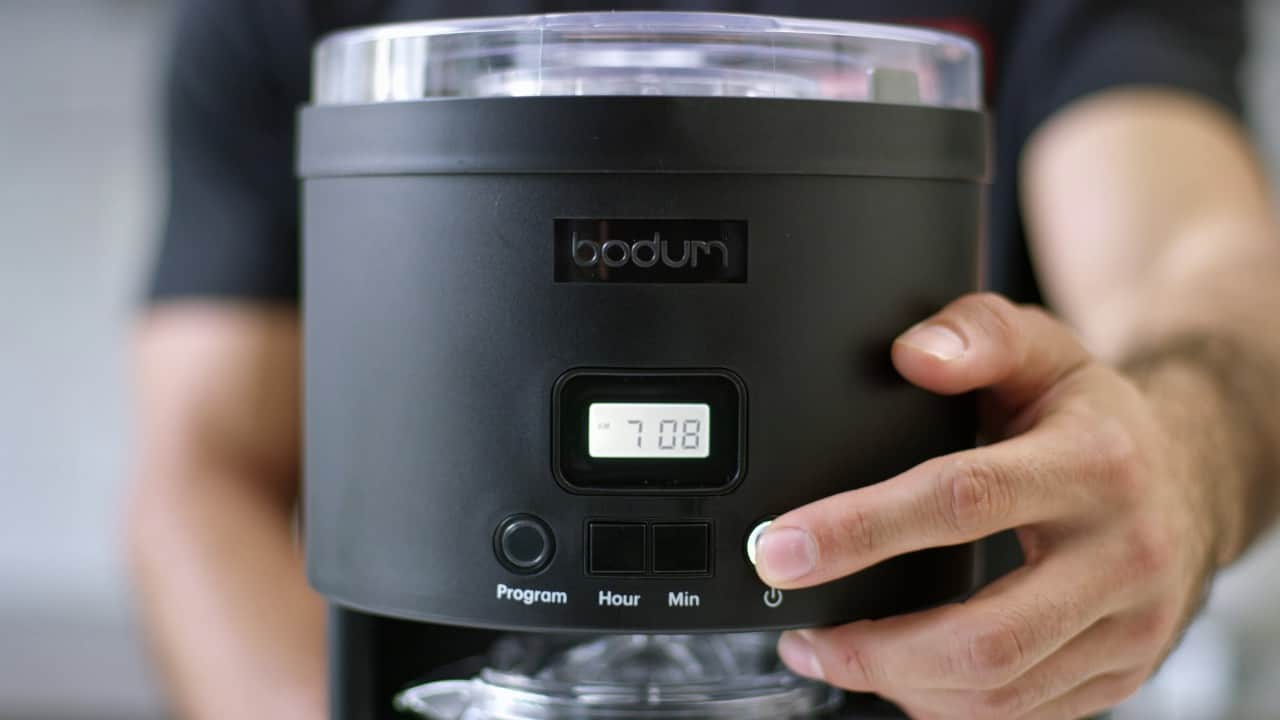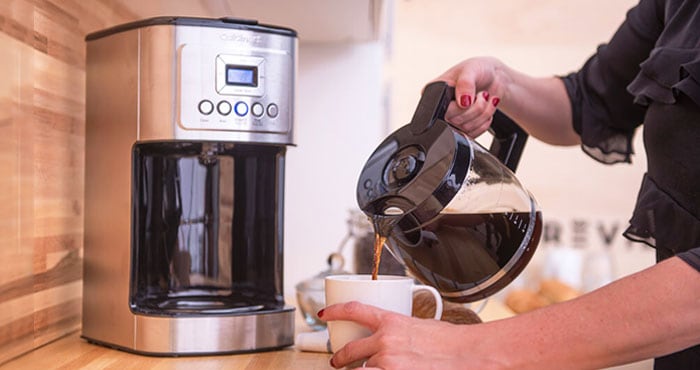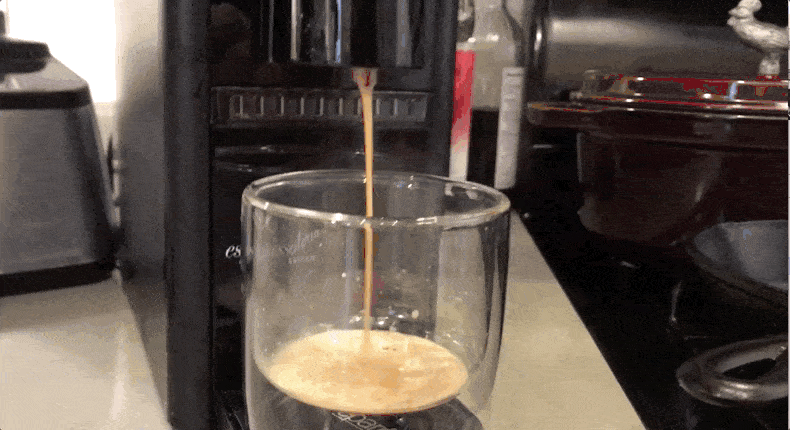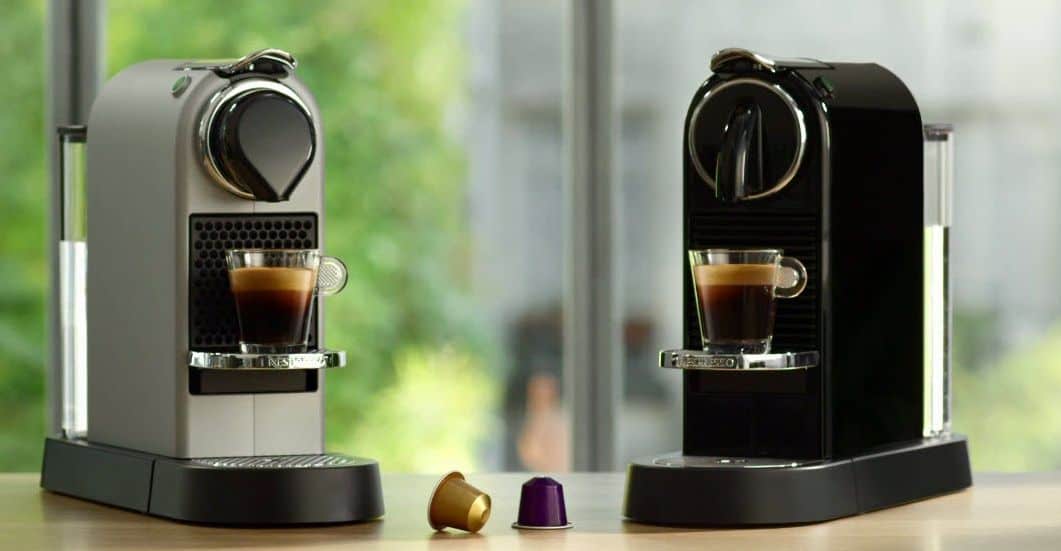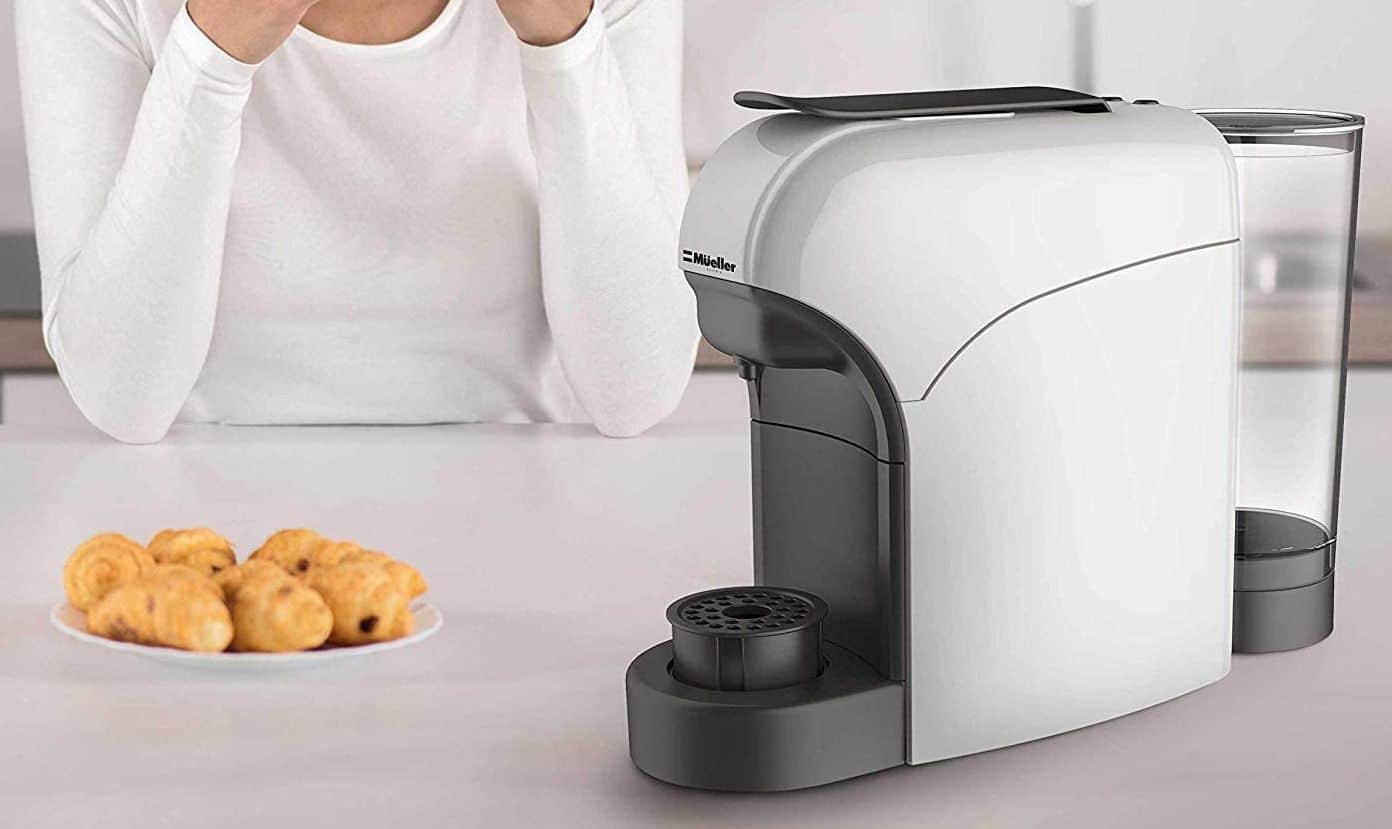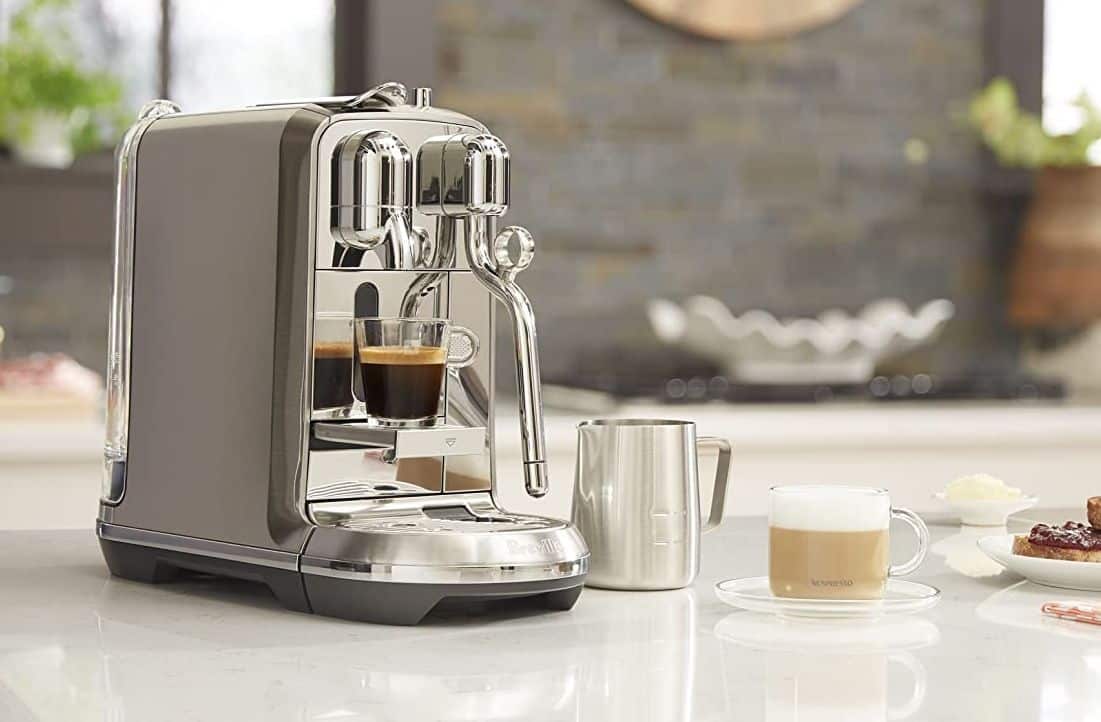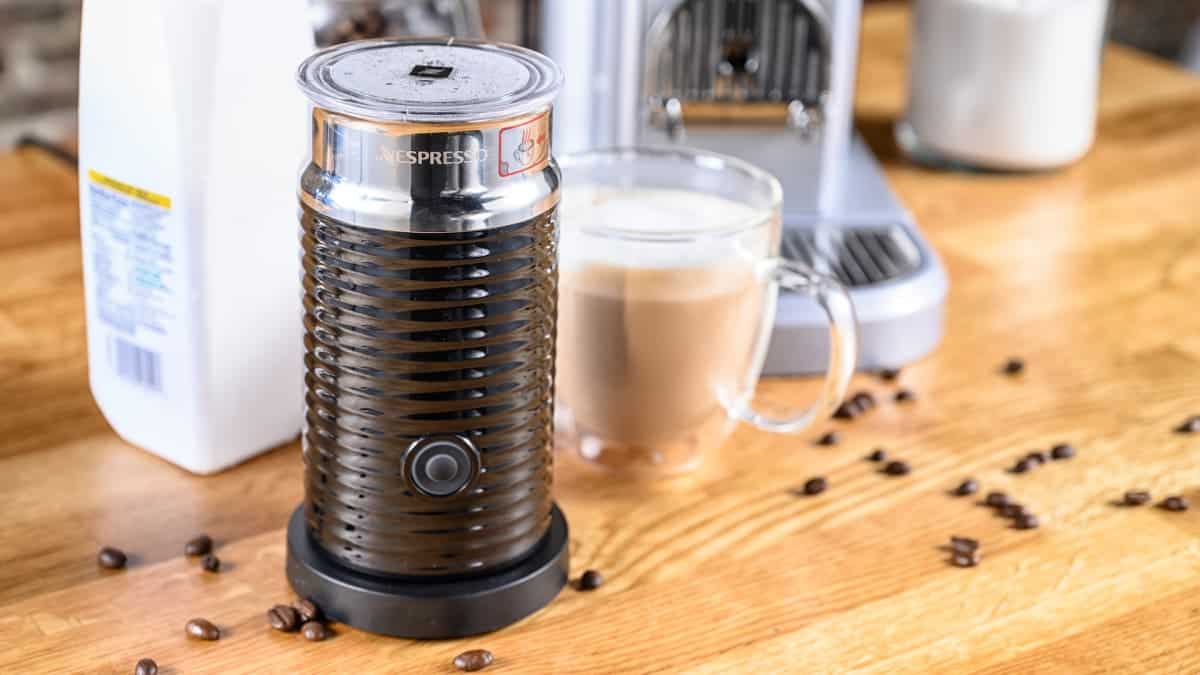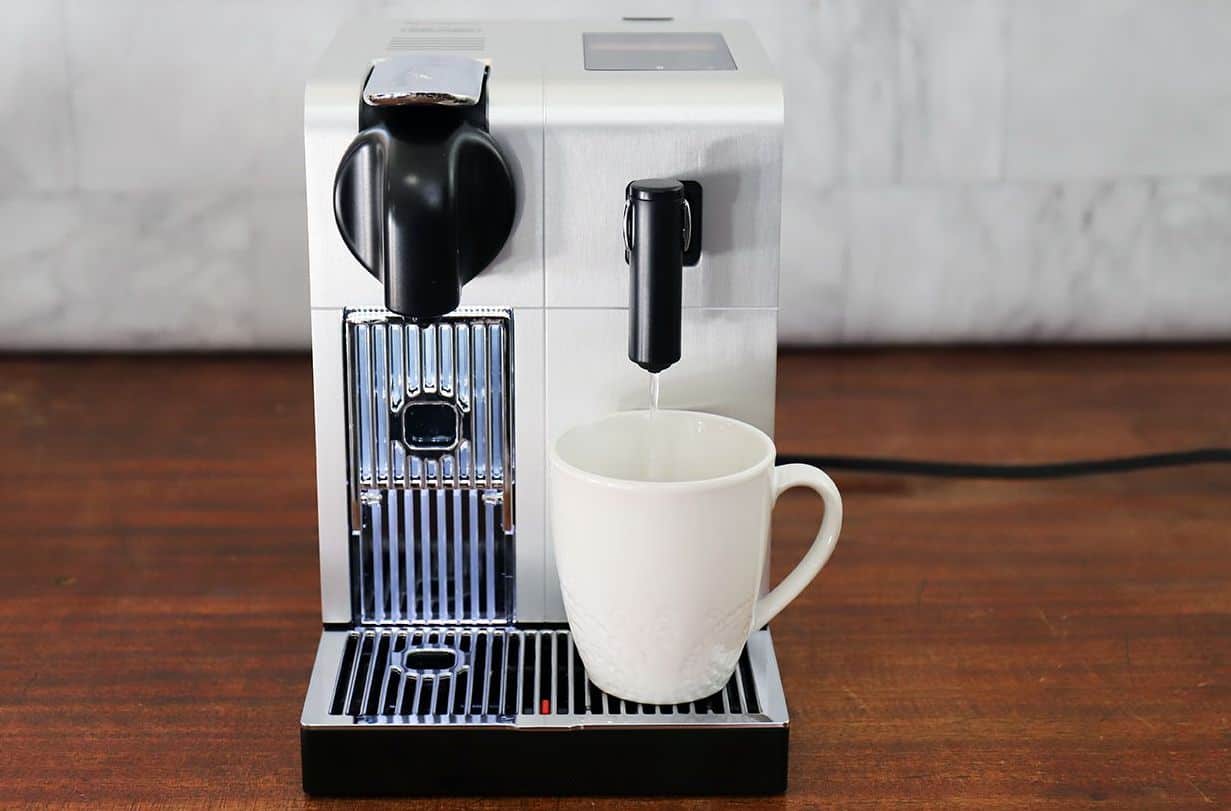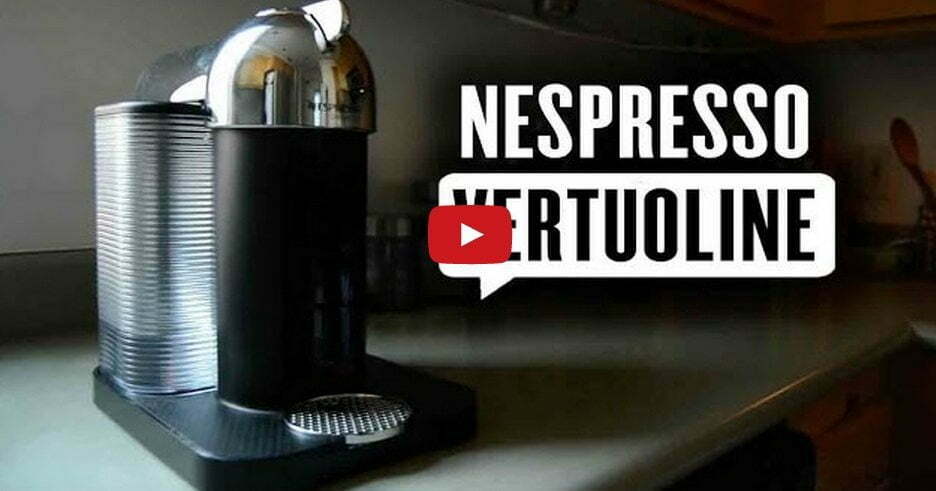With a few ounces of vinegar and some soapy water, you can clear mineral deposits with just a brewing cycle or two. Getting your coffee maker clean is an integral part of performing maintenance, so learning how to clean a coffee maker with vinegar can be essential.
KEY TAKEAWAYS:
- First, you’ll make a solution with warm water, vinegar, and a few other ingredients. There are multiple natural ingredients you can include to follow quality cleaning standards.
- After this, it’s a matter of running through the brewing process. Run the cycle with water until the water comes out clean.
- This is an excellent method for those with a dirty coffee maker and allergic reactions to commercial cleaners.
The best coffee maker will require a deep cleaning at least once a month. You should perform a simple cleaning at least biweekly, but preferably once a week.
Is a Vinegar Solution Enough on its Own?
Acetic acid is the primary active ingredient in vinegar. Generally speaking, you’ll need more than just vinegar to end up with a clean coffee maker. Vinegar is an excellent addition to your cleaning solution, and as a natural cleaning agent, it works well.
Learning how to clean a coffee maker with lemon juice will allow you to include a more effective agent in your cleaning process. All coffee drinkers should keep up with maintenance so that they can enjoy their auto-drip coffee makers for years to come.
Insider Tip
If you don’t have soft water, invest in a water filter or use distilled spring water. This will keep water spots from forming on your appliances, silverware, and more.
Keeping up with your monthly cleaning routine keeps coffee oils from building up. It also ensures you don’t create a breeding ground for yeast or mold growth in your water reservoir.
If your appliance doesn’t run on a drip cycle, look into methods specific to it. For example, learning how to clean a French press coffee maker is vastly different from a Keurig.
Tools Needed: Water-vinegar solution, coffee machine, plain water, mild dish soap, soapy water
STEP 1
First, remove the filter basket and any paper filter that might be leftover from your morning brew. You can soak your brew basket in hot water and mild dish soap to maintain quality cleaning standards.
STEP 2
Get some fresh water and other ingredients ready for the cleaning process. You’re going to create a vinegar solution with that fresh water. You need a 1:1 ratio of vinegar to water. Lemon juice, baking soda, and mild dish soap are excellent additions, too.
STEP 3
Mix the ingredients, taking great care to only use a small amount of mild dish soap. The goal is to make fresh water the majority ingredient in your cleaning process.
STEP 4
Take care to break up any chunks of baking soda, which can cause clogs. If clogs occur, you’ll have to perform a deeper cleaning. Using hot water helps avoid this.
STEP 5
Once the mixture is ready, pour it into the water chamber. You’re going to start the brew cycle and allow it to run.
STEP 6
Once the brewing cycle is over, dump the resultant water solution down the drain. Run two more brew cycles with nothing but hot water. Run that cycle with water until you remove all remnants of your cleaning solution is gone.
Warning
Mold buildup generally means you need to throw away your Keurig coffee maker. This is because mold is notoriously tricky to get rid of and can penetrate deep into porous materials.
F.A.Q.S
How much undiluted vinegar does it take to clean a coffee maker?
A few ounces of vinegar in clean water should be enough to get the job done. You should also add in other ingredients, like lemon juice or baking soda.
How do I clean a coffee maker without a vinegar smell?
Cleaning a coffee pot with vinegar can, unfortunately, leave behind a strong smell of vinegar. To avoid the smell of vinegar, try adding in lemon juice or a similar ingredient to balance out the scent.
How can I make my morning cup of coffee taste better?
The best way to make your future cups of coffee taste better is by investing in better coffee filters. You should also use higher-quality coffee grounds and keep mineral buildup to a minimum.
Is coffee residue bad for coffee pots?
Absolutely, and it can even cause issues like mold spores to form. Left uncleaned, this will turn into out of control mold growth, which generally means you need to throw the entire appliance away.
STAT: White vinegar and lemon juice are acidic and neutralize alkaline substances such as scale from hard water. (source)
REFERENCES:
- https://www.hsph.harvard.edu/nutritionsource/food-features/vinegar/
- https://extension.colostate.edu/docs/pubs/foodnut/kitchen-sanitize.pdf
- https://extension.usu.edu/archive/home-cleaning-chemicalsr
- https://www.canr.msu.edu/news/household_uses_for_vinegar_beyond_the_kitchen
- https://extension.psu.edu/advice-about-vinegar
















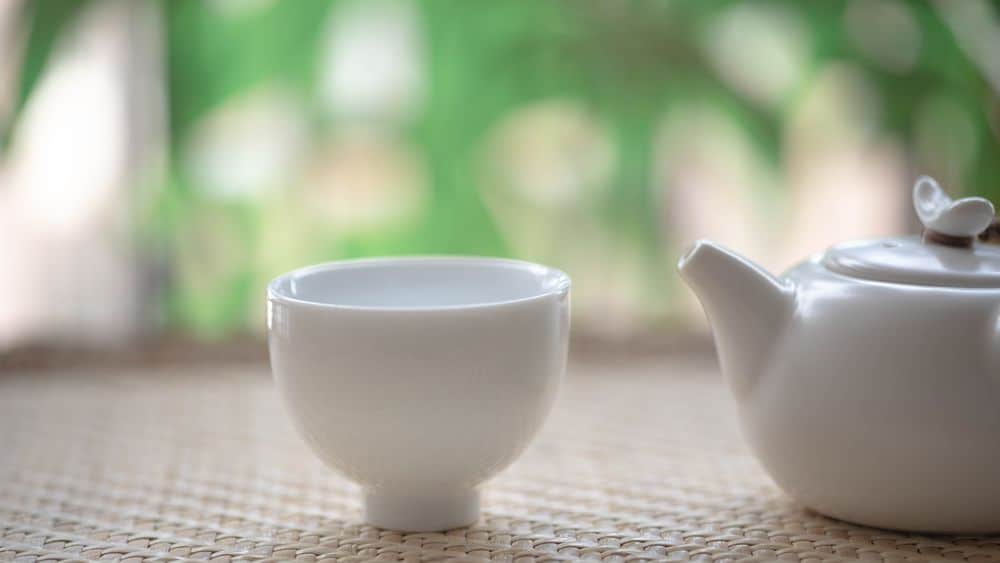
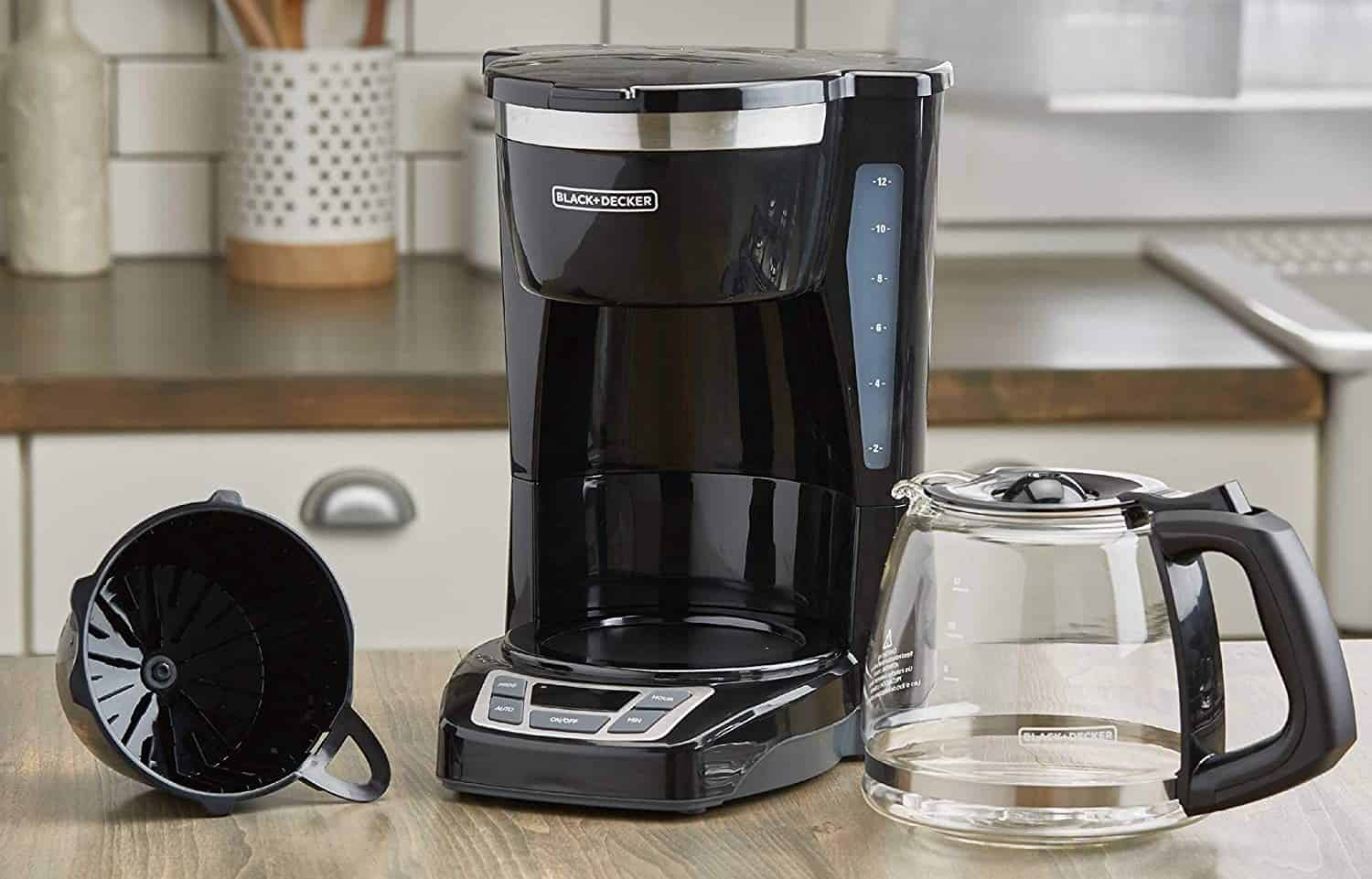
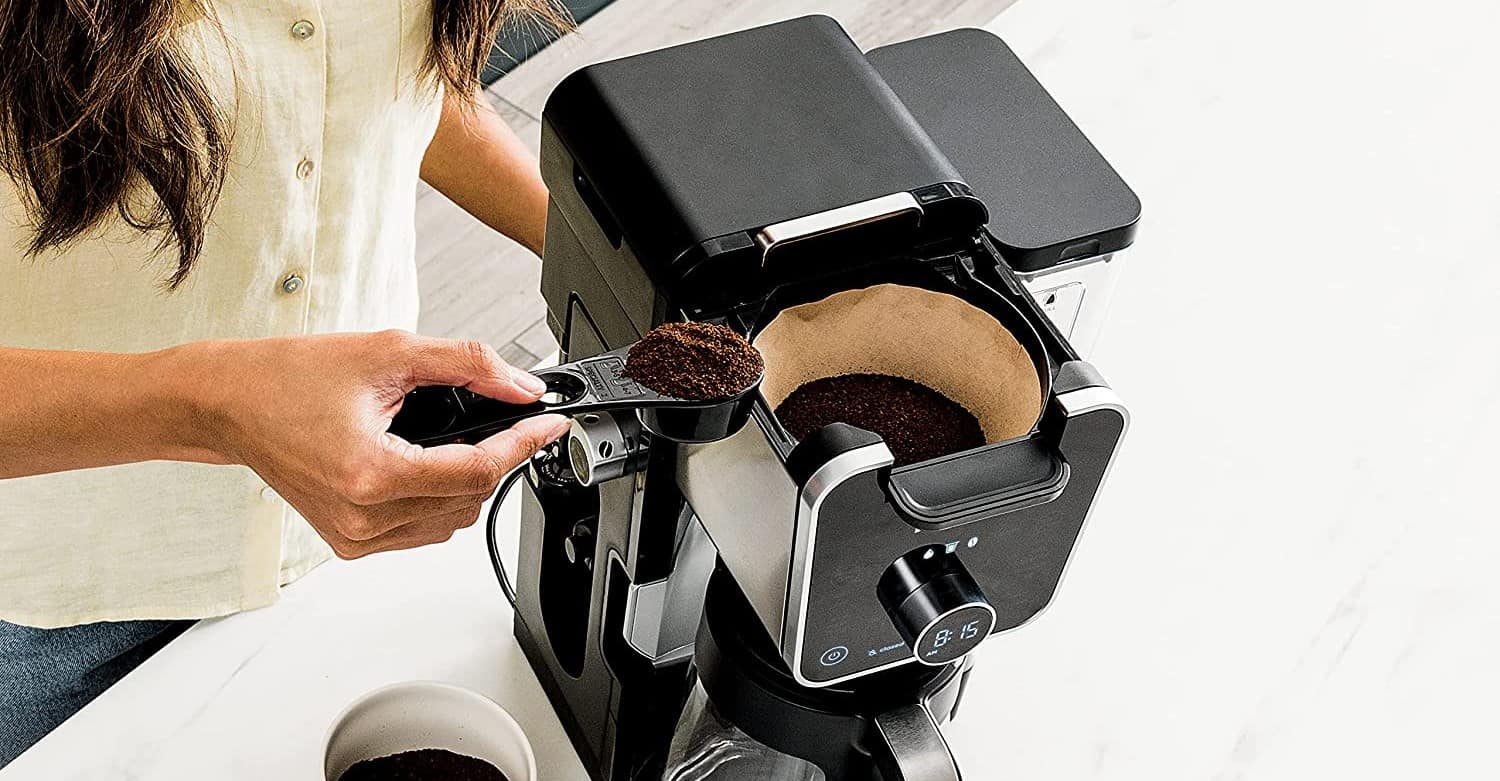
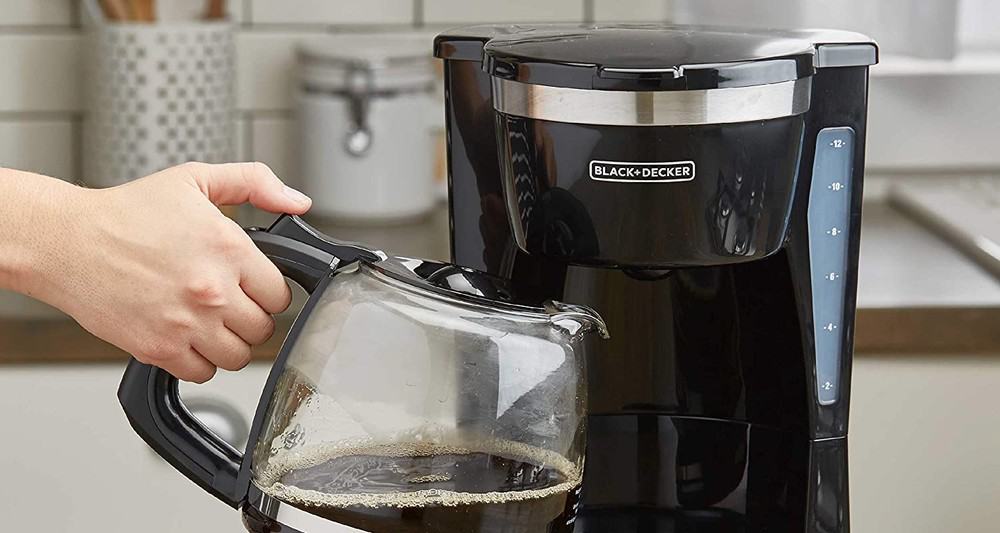
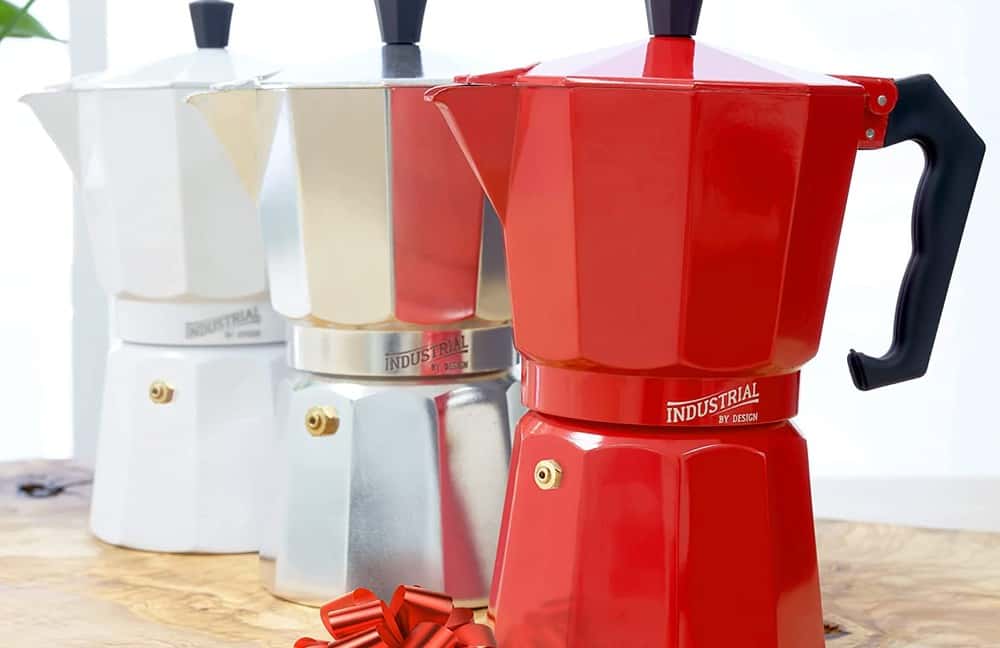
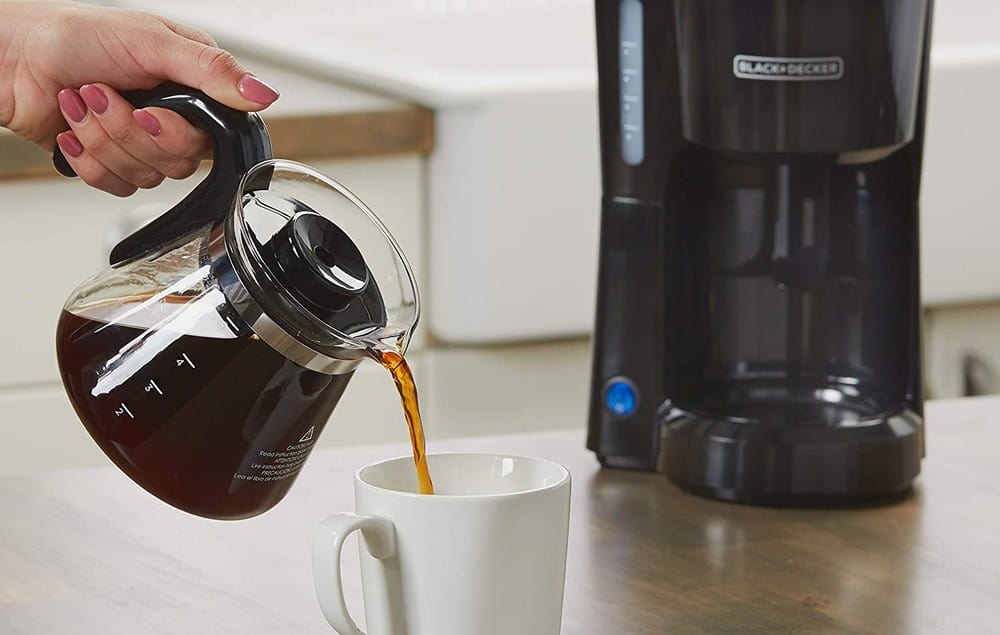




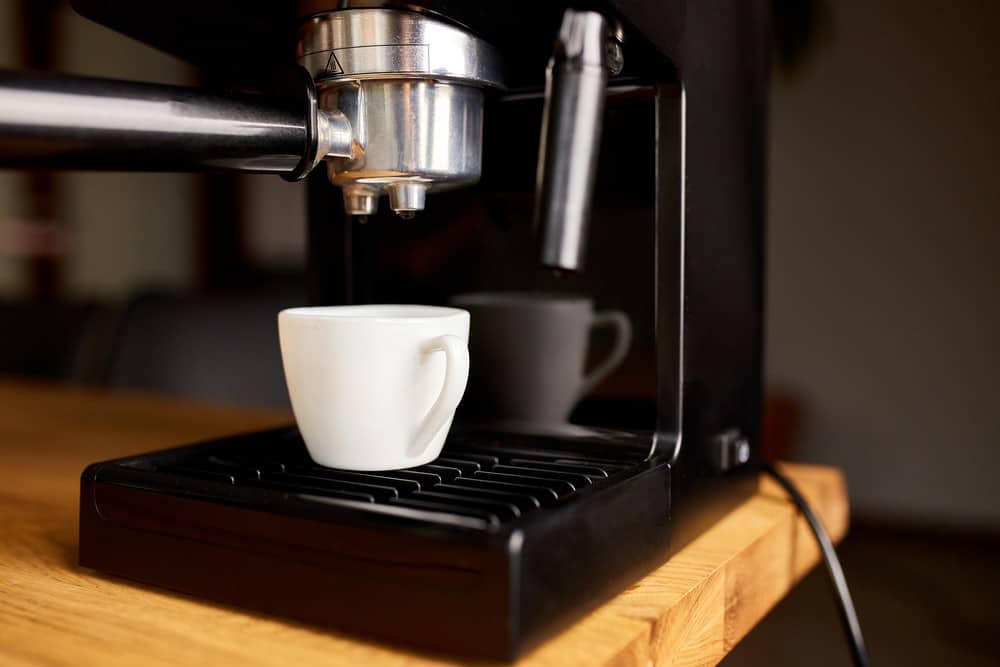

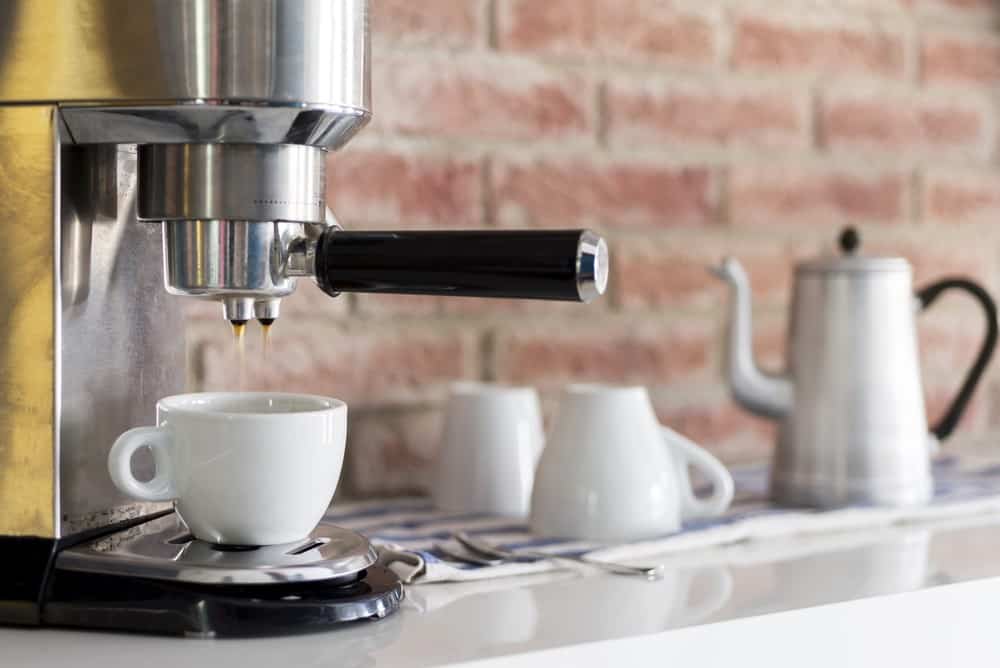
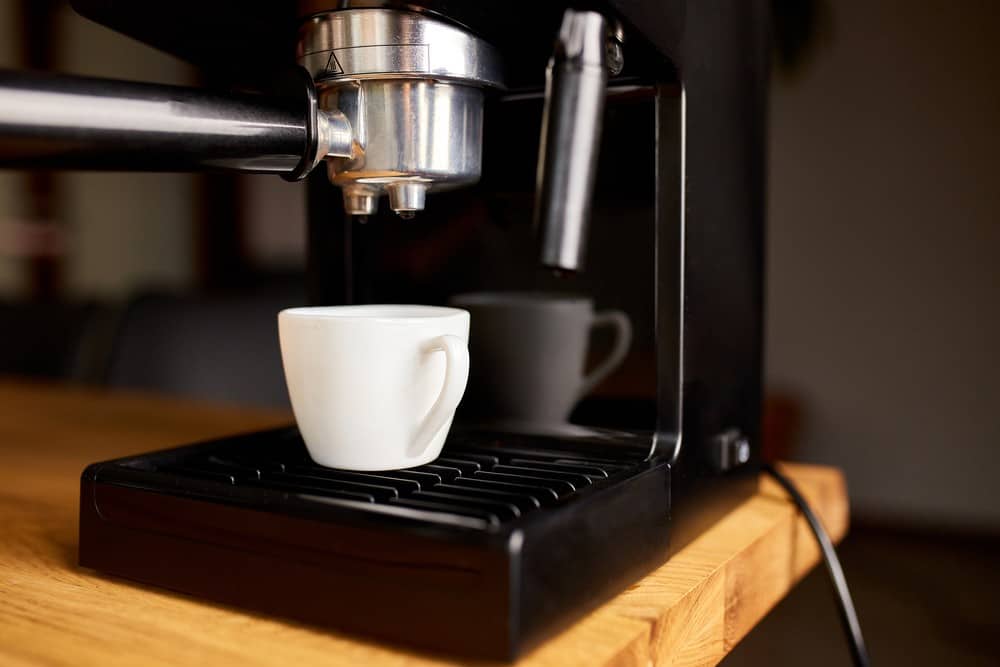



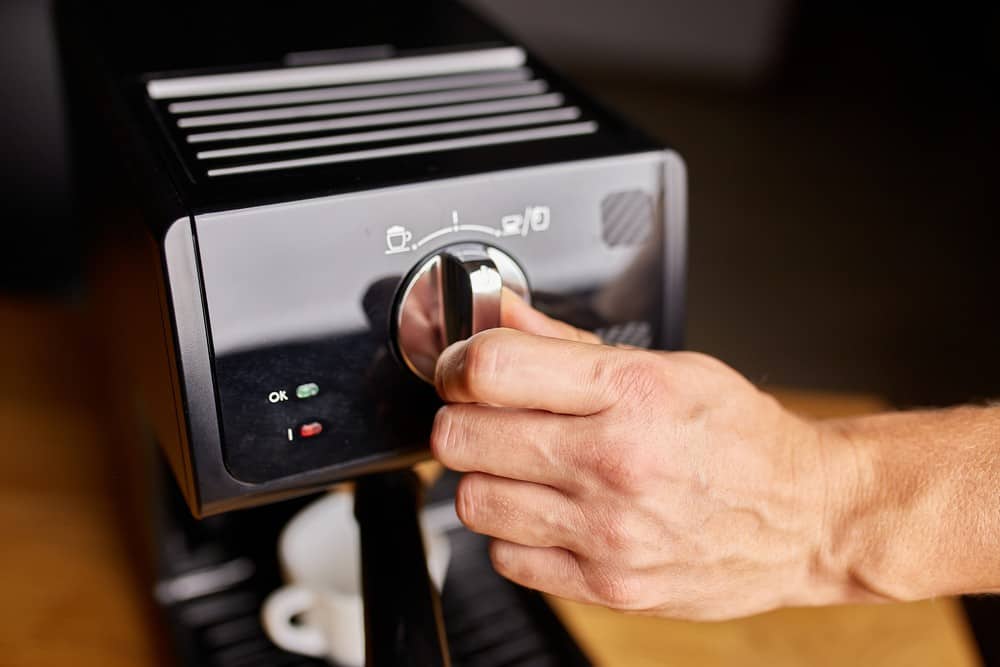
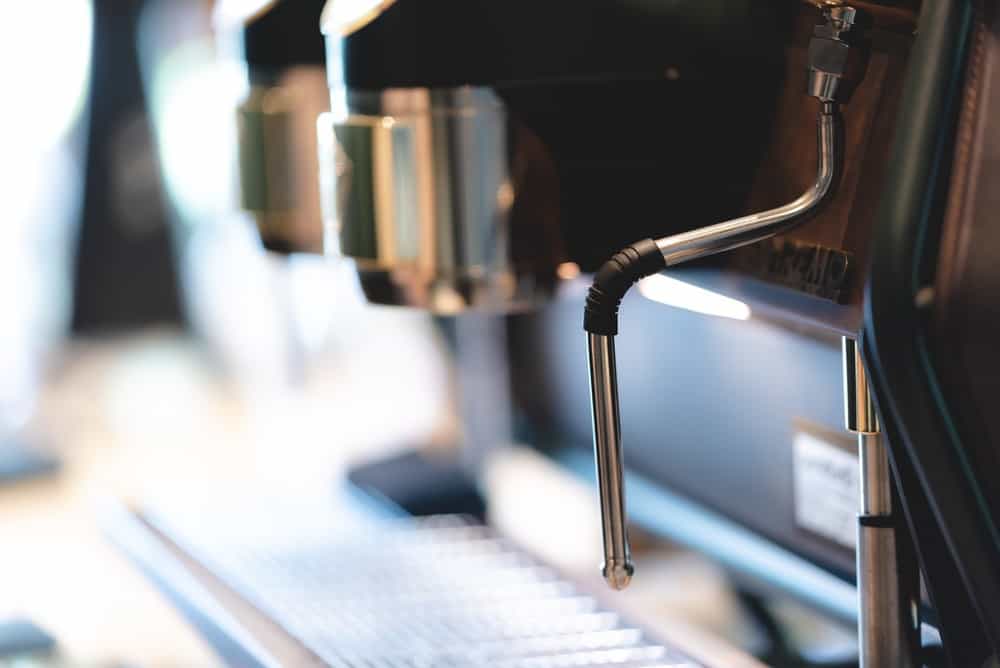
![Best Keurig Alternatives in [year] 27 Best Keurig Alternatives in 2026](https://www.gadgetreview.dev/wp-content/uploads/best-keurig-alternative-image.jpg)
![Best Semi Automatic Espresso Machines in [year] 28 Best Semi Automatic Espresso Machines in 2026](https://www.gadgetreview.dev/wp-content/uploads/best-semi-automatic-espresso-machine-image.jpg)
![Best Coffee and Espresso Makers in [year] 29 Best Coffee and Espresso Makers in 2026](https://www.gadgetreview.dev/wp-content/uploads/best-coffee-and-espresso-maker-image.jpg)
![Best Kitchen Appliances in [year] ([month] Reviews) 30 Best Kitchen Appliances in 2026 (January Reviews)](https://www.gadgetreview.dev/wp-content/uploads/best-kitchen-appliances.jpg)
![Quietest Coffee Makers in [year] 31 Quietest Coffee Makers in 2026](https://www.gadgetreview.dev/wp-content/uploads/quietest-coffee-maker-image.jpg)
![Best Prosumer Espresso Machines in [year] 32 Best Prosumer Espresso Machines in 2026](https://www.gadgetreview.dev/wp-content/uploads/71ytF6efAlL._AC_SL1500_.jpg)
![Best Single Serve Coffee Maker No Pods in [year] 33 Best Single Serve Coffee Maker No Pods in 2026](https://www.gadgetreview.dev/wp-content/uploads/best-k-pod-coffee-image-1.jpg)
![Best Coffee Makers for Hard Water in [year] 34 Best Coffee Makers for Hard Water in 2026](https://www.gadgetreview.dev/wp-content/uploads/best-coffee-maker-for-hard-water-image.jpg)
![Best Dual Boiler Espresso Machines in [year] 35 Best Dual Boiler Espresso Machines in 2026](https://www.gadgetreview.dev/wp-content/uploads/best-dual-boiler-espresso-machine-image.jpg)
![Best Coffee Makers for RV in [year] 36 Best Coffee Makers for RV in 2026](https://www.gadgetreview.dev/wp-content/uploads/best-coffee-maker-for-rv-image.jpg)
![Best Ninja Coffee Makers in [year] 37 Best Ninja Coffee Makers in 2026](https://www.gadgetreview.dev/wp-content/uploads/best-ninja-coffee-maker-image.jpg)
![Best Breville Espresso Machines in [year] 38 Best Breville Espresso Machines in 2026](https://www.gadgetreview.dev/wp-content/uploads/best-breville-espresso-machine-image.jpg)
![Best 5 Cup Coffee Makers in [year] 39 Best 5 Cup Coffee Makers in 2026](https://www.gadgetreview.dev/wp-content/uploads/best-5-cup-coffee-maker-image.jpg)
![Best Commercial Coffee Makers in [year] 40 Best Commercial Coffee Makers in 2026](https://www.gadgetreview.dev/wp-content/uploads/best-commercial-coffee-maker-image.jpg)
![Best Commercial Espresso Machine for a Small Coffee Shop in [year] 41 Best Commercial Espresso Machine for a Small Coffee Shop in 2026](https://www.gadgetreview.dev/wp-content/uploads/best-commercial-espresso-machine-small-coffee-shop-image.jpg)
![Best Coffee for Moka Pot in [year] 42 Best Coffee for Moka Pot in 2026](https://www.gadgetreview.dev/wp-content/uploads/best-coffee-for-moka-pot-image.jpg)
![Best USA Made Coffee Makers in [year] 43 Best USA Made Coffee Makers in 2026](https://www.gadgetreview.dev/wp-content/uploads/best-usa-made-coffee-makers-image.jpg)
![Fastest Coffee Makers in [year] 44 Fastest Coffee Makers in 2026](https://www.gadgetreview.dev/wp-content/uploads/fastest-coffee-maker-image.jpg)
![Best SCAA Certified Coffee Makers in [year] 45 Best SCAA Certified Coffee Makers in 2026](https://www.gadgetreview.dev/wp-content/uploads/best-scaa-certified-coffee-maker-image.jpg)
![Best Smart Coffee Makers in [year] 46 Best Smart Coffee Makers in 2026](https://www.gadgetreview.dev/wp-content/uploads/best-smart-coffee-maker-image.jpg)
